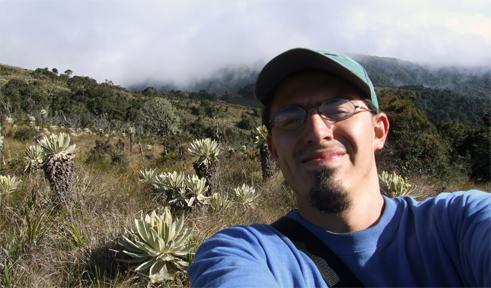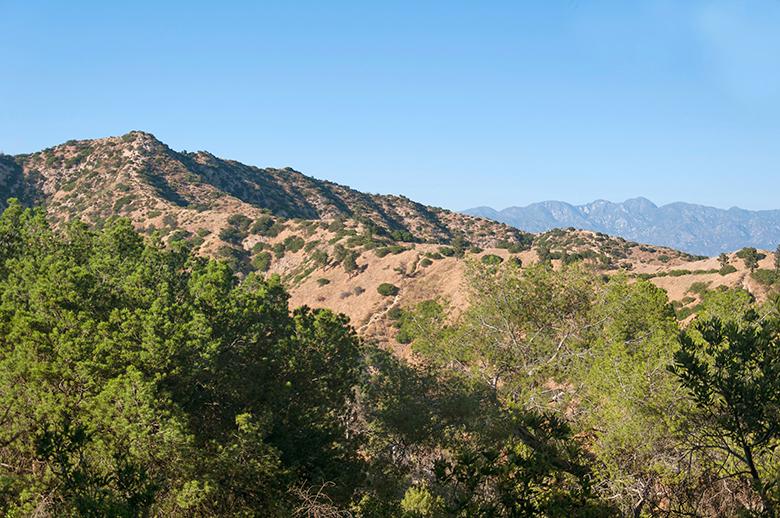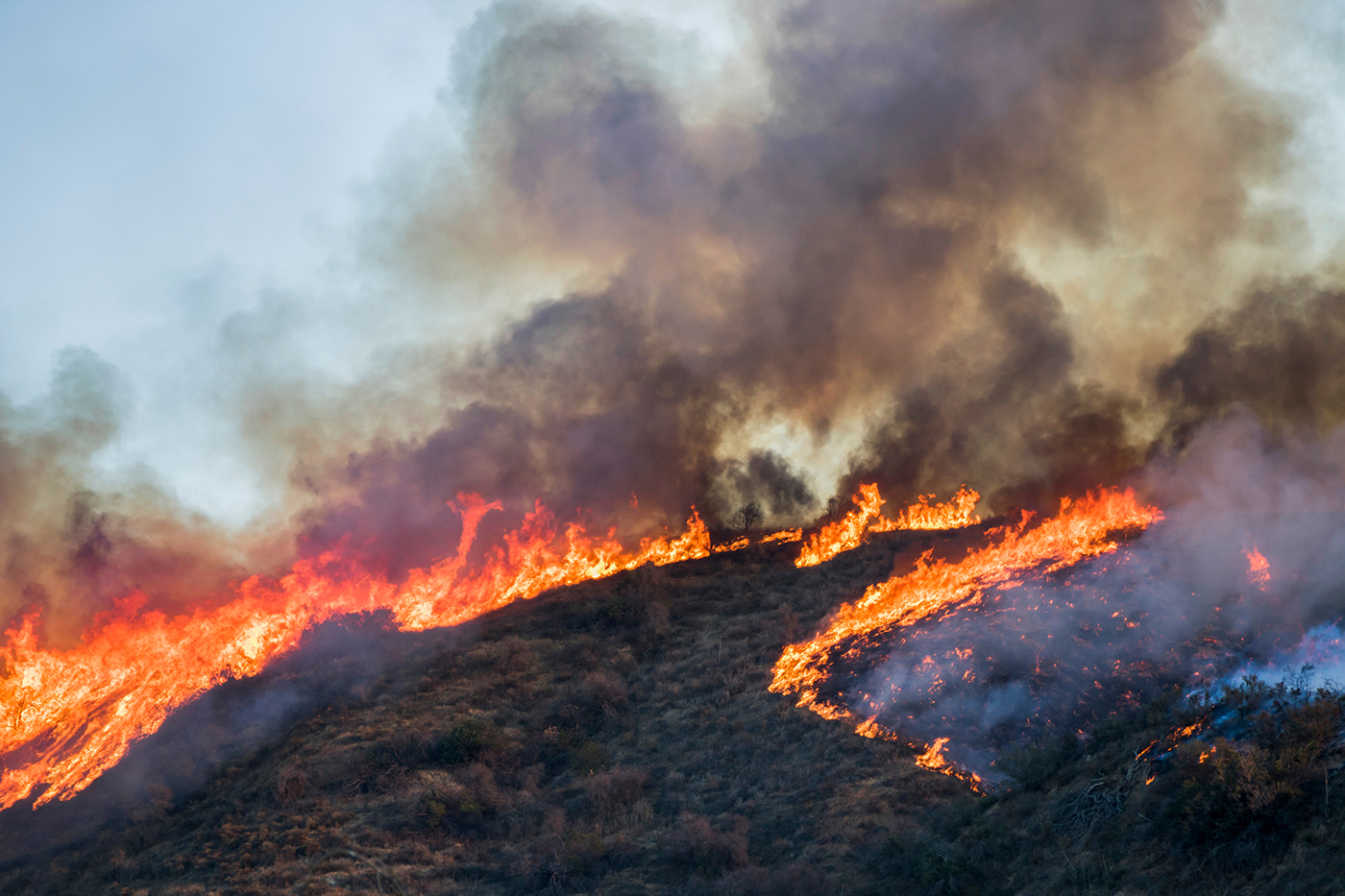
The January 2025 Los Angeles wildfires are now extinguished, but the result of the inferno will have lasting impacts on people’s lives and health, as well as the environment. The devastating fires have caused at least 29 deaths, a similar number of injuries, the destruction of more than 16,000 structures, the damage or destruction of over 50,000 acres and thousands of evacuations.
The exact cause of the fires is still unknown, but fire investigators have determined the Palisades fire likely started near a hiking trail through Temescal Canyon in western Los Angeles. With the area being free of lightning storms and power lines on the night the fires began, experts believe the fires were started by the most common source of all wildfires—people. While humans likely ignited the spark, the natural conditions of southern California played a large role in how quickly and ferociously the fire spread.
Southern California’s natural environment contributed to the fires
The southwestern U.S. is usually synonymous with drought, but Ohio University Professor of Forest Ecology Brian McCarthy, Ph.D., says wet conditions this spring actually made matters worse. McCarthy works in the Department of Environmental and Plant Biology in OHIO’s College of Arts and Sciences and uses a combination of experimental and observational studies to understand the population dynamics and community ecology of forests.
“Southern California experienced a rather wet spring this year. This gave rise to the germination of a large number of herbaceous plants resulting in a thick luscious vegetation,” said McCarthy. “As part of the natural cycle of this region of the country, these plants then died at the end of the growing season and left an enormous amount of highly flammable fuel on the ground in the autumn.”

With the large amount of flammable dead plant matter present, along with the Santa Ana winds and low humidity levels, natural conditions were perfect for a fire to spread extremely fast if it were ignited. McCarthy says that the California Department of Forestry and Fire Protection (CAL FIRE) had a limited number of options to combat these natural fire-prone conditions before the fires started. Options like prescriptive burns were limited due to the more urban and developed sprawl of LA.
“State and local fire agencies have little control over diverse and heterogeneous landscapes in private ownership,” explained McCarthy. “This is quite different than say an agency like the U.S. Forest Service that manages a national forest.”
Ohio University Assistant Professor Diego Alvarado-Serrano, Ph.D., says that natural wildfires in California and elsewhere play a critical role in maintaining the balance of ecosystems and essentially act as a natural prescriptive burn. Alvarado-Serrano says that wildfires facilitate the cycling of nutrients, open habitat for shade-intolerant species, affect germination rates and influence resource availability for species in the community.
Suppressing natural fires in Southern California’s chaparral ecosystem progressively transforms a diverse herb and shrub community into a low-diversity community dominated by a single woody species. Alvarado-Serrano says that natural wildfires also help decrease the chances of large-scale fires. Smaller, naturally occurring fires consume combustible material that would otherwise accumulate and lead to devastating, large-magnitude fires like those that occurred in LA.
“Several ecosystems in California are particularly adapted to sporadic natural wildfires,” said Alvarado-Serrano. “These fires, which historically occurred at a much lower frequency and intensity, have helped maintain a diverse community.”

How the environment of Los Angeles County will recover
The sprawling layout of LA presents some unique challenges for ecological recovery, but overall, McCarthy believes small local parks and preserves will likely recover well. Areas that contain mostly native species will be pre-adapted to fire disturbance and recover quickly. However, there will likely be a reduced number of species in the end due to high temperatures killing plant’s reproductive mechanisms.
“Another problem that contributes to the vulnerability of these types of areas has to do with their size and location,” said McCarthy. “These are small, vegetated areas that sit within a larger landscape of hard surfaces and do not have access to larger adjacent tracks of land that might provide for dispersal of seed by birds, small mammals or wind.”
Alvarado-Serrano says that all wildfires have the potential to change an area's species composition, but through the process of succession many California ecosystems can eventually recover their original vegetation. However, organisms recolonizing burnt areas is only possibly when the magnitude and frequency of fire allow for recovery.
“Because of their magnitude, the recent California wildfires will facilitate only the most early and tolerant colonizer species in the areas affected,” explained Alvarado-Serrano. “[The fires] will also alter the age structure of species in the community, affecting growing and reproduction rates.”
In the chapparal, fires occurring every 20 to 30 years do not have a long-term effect on species composition, but large, frequent fires—like the recent wildfires in LA—challenge the survival of local species. The disappearance of key local species can potentially impact the entire ecosystem. For animals like the California quail and California mountain lion, losing habitats to fire could mean their local or complete extinction.

Preventing future wildfire damage
Multiple studies have found that climate change has already led to an increase in wildfire season length, wildfire frequency and burned area, according to the U.S. Environmental Protection Agency. With fires becoming more frequent and volatile, McCarthy believes a key to mitigating damage from future wildfires is to prepare buildings and land and change the way we develop.
Many wildfires including the recent fires in LA occurred at the Wildland Urban Interface (WUI). The WUI is the zone of transition between unoccupied land and human development. It is the line, area or zone where structures and other human development meet or intermingle with undeveloped wildland or vegetative fuels. McCarthy believes we will continue to have problems as long as people continue to develop at the WUI.
“This may be a self-solving problem as insurance agencies decide not to insure homes in these environments due to the high risk of fire,” said McCarthy. “But it is a bit of a conundrum—who doesn't want a house out in the woods.”
An alternative solution is to plan communities carefully—considering their surrounding environment—as well as building and maintaining homes differently. McCarthy says even if all the following aspects are carefully considered, a house may still burn, but at a much slower rate giving fire agencies a better chance of slowing the spread. McCarthy suggests the following:
- Focus on non-flammable materials that can withstand high temperatures and slow the spread of flames.
- Use insulated concreate forms for walls and foundations instead of traditional wooden stick frame and wood sheathing construction.
- Avoid the use of wooden shingles, instead use fire resistant metal roofing, metal doors and double-paned windows.
- Take particular care of external landscaping—do not allow buildup of dead grass, leaves or twigs around your home. Think about more hardscaping such as stone walls, concrete and gravel.
- As a general rule, try to keep all trees at least 1.5 tree lengths away from the home.




